E major scale piano keys 882774-E major scale piano notes
(If you're learning to improvise tunes, try playing just on the white keys for a start) The pattern formed by those seven notes C, D, E, F, G, A, B is the major scale whole step, whole step, half step, whole step, whole step, whole step Start on A and you get the natural minor pattern, A, B, C, D, E, F, GThe Key Signature of E Major Now that you know the E major scale on piano, it also means you know the key of E major This is great!The E major scale has 4 sharps This major scale key is on the Circle of 5ths E major on circle of 5ths, which means that it is a commonly used major scale key Middle C (midi note 60) is shown with an orange line under the 2nd note on the piano diagram These note names are shown below on the treble clef followed by the bass clef

B Flat Major Scale Piano Music Theory
E major scale piano notes
E major scale piano notes-4 2 4 5 3 5 3 4 etc harmonic minor scale 3 2 5 3 2 5 2 3 etc The fingers preceded by a dash are using notes on the counterbass row All scales are the same fingerings in all keys Melodic minor is a combination of these two scales @dare opes Pentatonic scales use only figers 1 2 3 Eg C major is 1 2 3 1 3 1 etc Happy practice!Conversely, if we start on D, the Major scale would be D, E, F#, G, A, B,C#, D Even though we started on a natural note (a note with no sharps or flats), because E to F# keeps the scale in order, we will notate it with sharps instead of the enharmonic flats (Gb and Db) When you begin reading music, these patterns will help determine the key a piece is played in Putting Notes on the Staff The last step to our piano keys chart is learning how the notes of the piano translate to sheet music


How To Play The 1 4 5 Chord Progression In All Twelve Major Keys Gospel Music Training Center
E Major Scale Scale Position Each note has its own specific position within the scale For example, C# is the 6th note, or degree, of Sharps And Flats The E major scale contains 4 sharps F#, G#, C#, and D# The scale of a piece of music is usually E Major Scale On the Piano It's anF# Major F# G# A# B C# D# E# F#;In music, the term scale refers to a pattern of notes ordered by pitch Sit at the piano and find Middle C Starting here, play all the white keys until you reach the next C We call this pattern, the major scale Why play scales?
The Esharp major scale has 3 sharps, 4 doublesharps Warning The Esharp key is a theoretical major scale key The F major scale contains the same note pitches, is easier to work with, and is a direct replacementA Major A B C# D E F# G# A;E – F♯ – G♯ – A – B – C♯ – D♯ – E are the notes of the E major scale Notes of the E Major Scale on a piano keyboard and in ascending order on a staff E Major Key Signature The key signature of E major scale has 4 sharps F♯, C♯, G♯ and D♯ E major scale is the relative major of C sharp minor scale E major and C sharp minor scales have the same sharp key signature E Major Diatonic Chords
E Major Scale Fivenote chords Degrees Imaj9 iim9 iiim7(b9) IVmaj9 V9 vim9 Notes E F# G# A B C# Chords Emaj9 F#m9 G#m7(b9) Amaj9 B9 C#m9 Notes in chord EG#BD#F# F#AC#EG# G#BD#F#A AC#EG#B BD#F#AC# C#EG#BD#And something you should remember The key of E has 4 sharps F#, C#, G#, D# You have the beginning of the sharps saying which is Father Charles Goes Down(The full saying is Father Charles Goes Down And Ends Battle this is the order of the sharps)Conversely, if we start on D, the Major scale would be D, E, F#, G, A, B,C#, D Even though we started on a natural note (a note with no sharps or flats), because E to F# keeps the scale in order, we will notate it with sharps instead of the enharmonic flats (Gb and Db) When you begin reading music, these patterns will help determine the key a piece is played in Putting Notes on the Staff The last step to our piano keys chart is learning how the notes of the piano translate to sheet music



E Major Scale Piano Music Theory
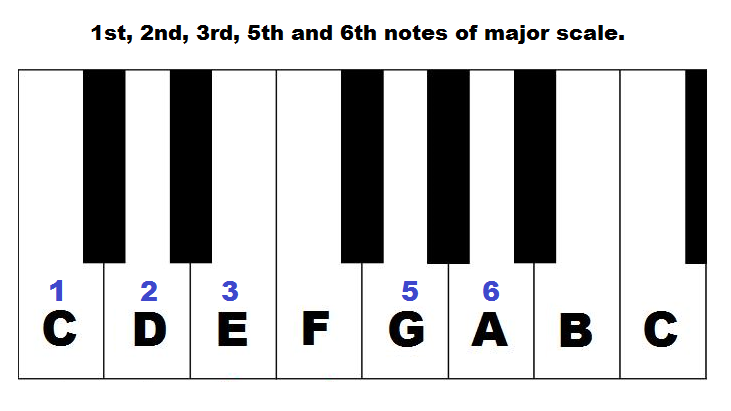


Pentatonic Scale On Piano Major And Minor
These charts highlight the keys and chords of E major scale on piano keyboard This will help you learn how to play melodies and chords on a piano within the key of E Major E Major and C# minor scale piano E Major scale Piano chords in E (4#) ged as Piano Scales by InstrumentHarmonic Major Scales Harmonic Major is comparable to the Major Scale, having a lowered sixth but otherwise being identical (the scale is also referred to as Major b6 Scale)The lowered sixth makes the subdominant chord a minor instead of a major (in Harmonic Major C, this would be Fm)Db = C# Eb = D# Gb = F# Ab = G# = A# (to reduce space in the table only one of these are written out) The table is without doubt dense in information Here are some instructions how to use it Change the tone E in the key of C to the key of Eb In the second row and fifth column you find E in the key of C



Piano Major Scales Arpeggios Reason E Lo


How To Play The 1 4 5 Chord Progression In All Twelve Major Keys Gospel Music Training Center
E major (or the key of E) is a major scale based on E, with the pitches E, F ♯, G ♯, A, B, C ♯, and D ♯Its key signature has four sharpsIts relative minor is Csharp minor and its parallel minor is E minorIts enharmonic equivalent, Fflat major, has eight flats, including the double flat B, which makes it impractical to use The E major scale isThe D major scale consists of the pitches D, E, F#, G, A, B, and C# The D major key signature consists of two sharps E flat major scale The E flat major scale consists of the pitches Eb, F, G, Ab, , C, and D Its key signature has three flats , Eb, Ab E major scale The E major scale consists of the pitches E, F#, G#, A, B, C#, and D#For instance, middle C to E above it is a major 3rd, while middle C to Eb above it is a minor third Middle C to G above it is called a "Perfect 5th" while middle C to G sharp is called an augmented 5th It's a complex subject in itself Here is a tutorial of the basics, linking intervals to faster note reading



E Pentatonic Scale Charts On Piano



The Complete Guide To Music Key Signatures
A Minor 7 th A C E G;E major scale The Solution below shows the E major scale notes, intervals and scale degrees on the piano, treble clef and bass clef The Lesson steps then explain how to identify the E major scale note interval positions, choose the note names and scale degree names For a quick summary of this topic, have a look at Major scale All Keys On 1 pageI – E major, E major seventh (Emaj, Emaj7) ii – F sharp minor, F# minor seventh (F#m, F#m7) iii – G sharp minor, G# minor seventh (G#m, G#m7) IV – A major, A major seventh (A, Amaj 7) V – B major, B dominant seventh (B, ) vi – C sharp minor, C# minor



E Major Scale Charts For Piano



15 Major Scales Ideas Major Scale Majors Piano Lessons For Beginners
The circular arrangement depends on enharmonic relationships in the circle, usually reckoned at six sharps or flats for the major keys of F ♯ = G ♭ and D ♯ = E ♭ for minor keys Seven sharps or flats make major keys (C ♯ major or C ♭ major) that may be more conveniently spelled with five flats or sharps (as D ♭ major or B major)There are 6 blues scale notes plus the octave of the tonic note a total of 7 notes The E blues scale has 1 flat Middle C (midi note 60) is shown with an orange line under the 2nd note on the piano diagram These note names are shown below on the treble clef followed by the bass clefE Major F# minor G# minor A Major B Major C# minor D# diminished These charts highlight the keys and chords of E major scale on piano keyboard This will help you learn how to play melodies and chords on a piano within the key of E Major


The E Major Scale



The E Major Scale
E major (or the key of E) is a major scale based on E, with the pitches E, F ♯, G ♯, A, B, C ♯, and D ♯ Its key signature has four sharps Its relative minor is Csharp minor and its parallel minor is E minor Its enharmonic equivalent, Fflat major, has eight flats, including the double flat B, which makes it impractical to useMajor scales with sharps Here are the major scales with sharps in their key signature G Major G A B C D E F# G;B Dominant 7 th () B D# F# A;



Amazon Com Piano Keyboard 12 Scales Chart 8 5 X11 Musical Instruments


Jazclass Jazz Scales Lesson Major Scale In All Keys
As long as you know the major scale formula, you can start on any note or key and form a major scale Starting on C, go up a whole step to D, a whole step to E, a half step to F, a whole step to G, a whole step to A, a whole step to B and lastly, a half step to C My new book, Piano Scales Made Simple, will help you with your scalesWe hear music in keys Each piece of Western music can be transposed into 12 different keys, so it makes sense to learn each key centre thoroughly C major is the simplest as it contains no sharps or flats In relation to the piano, this scale is played on white keys only, which makes the scale visually more approachableThe intervals in the Lydian Mode are also similar to the Major Scale, only the fourth note deviates See also Lydian Dominant The best practice for hearing the scale in action, is playing it over a chord with the same root, for example, F Lydian over an F major chord



E Major Scale Music Theory
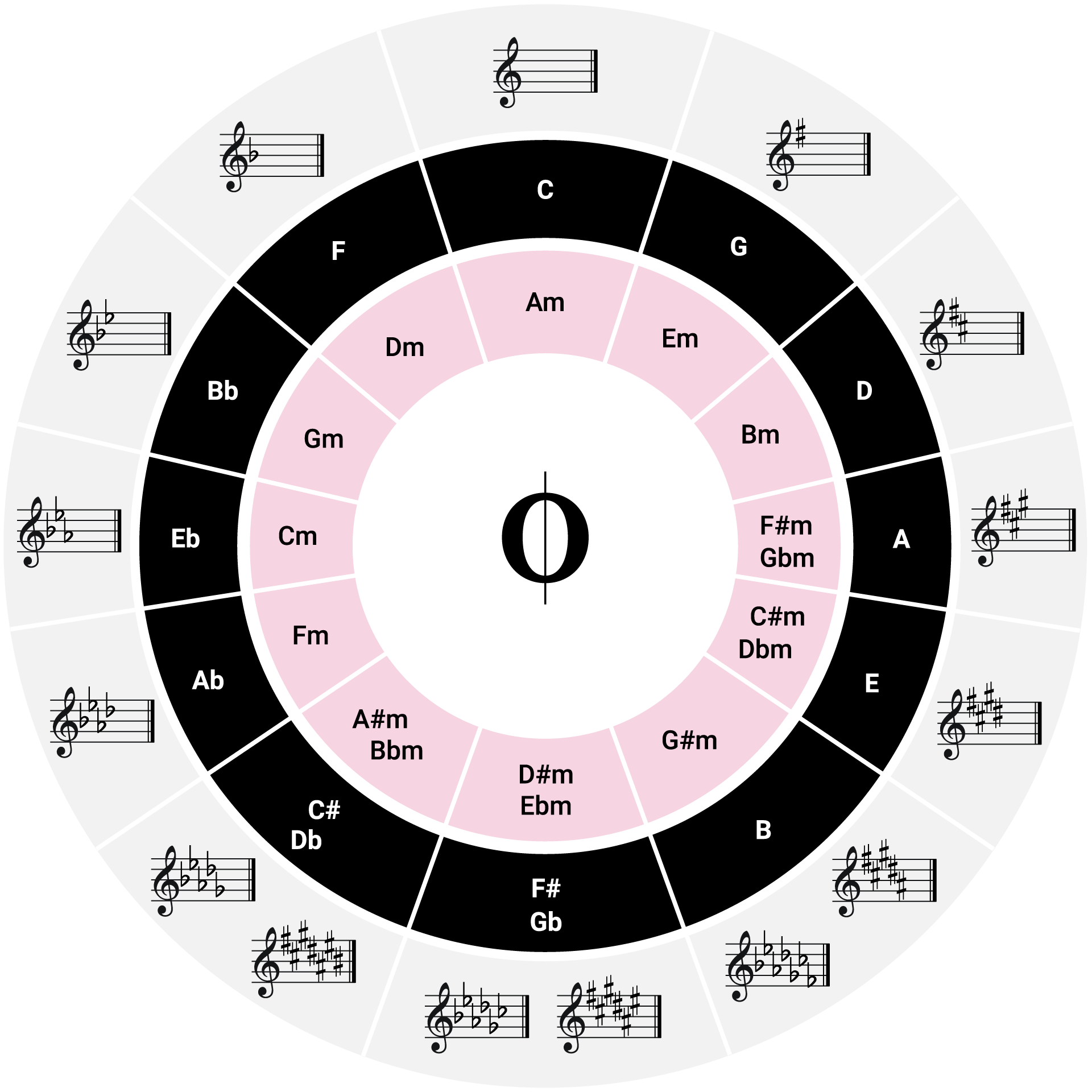


All Major And Minor Scales Including Fingering For Piano Oktav
D Major D E F# G A B C# D;What Are The Chords In The Key Of E Major?E minor is a minor scale based on E, consisting of the pitches E, F ♯, G, A, B, C, and DIts key signature has one sharpIts relative major is G major and its parallel major is E major The E natural minor scale is


The Scale
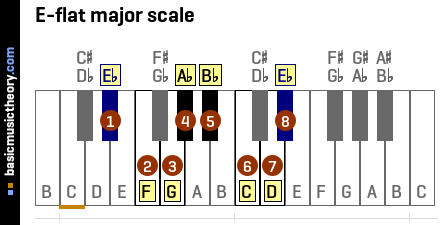


Basicmusictheory Com E Flat Major Scale
DIGITAL PIANO SCORE Scales in all major keys two octaves with fingering Major Scales for Piano C Major 1 2 312 3 4 1 3 1 5 1 4 1 3 5 4 3 2 1 3 2 1 4 1 3 1 3 1 4 1 3 1 G Major 12 3 12 34 1 31 5 13 14 13 5 4 3 2 1 3 2 1 4 13 1 3 1 4 1 1 D Major 12 3 1 2 34 1The E major scale has 4 sharps This major scale key is on the Circle of 5ths E major on circle of 5ths, which means that it is a commonly used major scale key Middle C (midi note 60) is shown with an orange line under the 2nd note on the piano diagram These note names are shown below on the treble clef followed by the bass clefRelative Keys Relative keys have the same key signature (number of sharps or flats)For every note in the chromatic scale there is a relative major key and a relative minor key Let's have a look at an example Have a look/listen to this performance of a G major scale and its relative minor – E minor



The Key Of E Major E Major Scale Key Signature Piano Chords And Common Chord Progressions Youtube



Learn Simple Piano Keys C F And G Major Youtube
A major (or the key of A) is a major scale based on A, Mozart's Clarinet Concerto and Clarinet Quintet are both in A major, along with his 23rd piano concerto, and generally Mozart was more likely to use clarinets in A major than in any other key besides Eflat majorTaking the 1st letter of the 1st word in the phrase B, the 4th note of the major scale with its name as the tonic B major scale is note E (the 2nd word of the phrase) Now take the 4th note of the major scale whose tonic is E the E major scale this is note A (the 3rd word of the phrase)Secondary Triads (Chords) in the Key of E Major Secondary triads are formed on 2nd, 3rd and 6th notes of a scale Chord ii F# Minor F# A C# Chord iii G# Minor G# B D# Chord vi C# Minor C# E G# This is the tonic of E Major's relative minor – C# Minor Chord vii D# diminished D# F# A



D Major Scale Piano Music Theory


The E Major Scale
Like in major scales, building a chord on the seventh note of the minor scale will produce a diminished chord Extended Chords By using the notes of the E Minor scale, we can build the following fournote seventh chords E MinorMajor 7 th E G B D#;The key signature of E major scale has 4 sharps F♯, C♯, G♯ and D♯ E major scale is the relative major of C sharp minor scale E major and C sharp minor scales have the same sharp key signature E Major Diatonic ChordsA complete listing of the major scales with notes, notation, key signatures, and piano fingerings The purpose of this website helping you learn to play the piano Building a strong foundation of pianoplaying skills will lead to a lifetime of pianoplaying joy
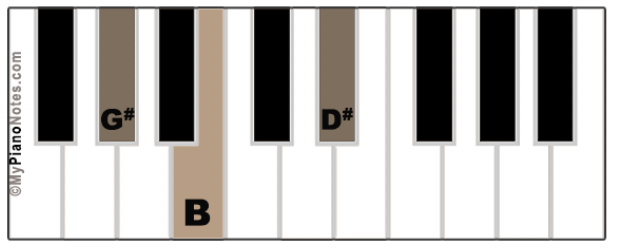


Chords In Key Of E Major All Triads Extensions Piano Examples



E Major Wikipedia
Here are the chords for the key of G major G – Am – Bm – C – D – Em – F♯º – G We can substitute the appropriate chords G – Em – C – D These are the I – vi – IV – V chords of the G major scale, or key Other Common Chord Progressions Here are some other popular chord progressions for major keys I – IV – vi VB Major B C# D# E F# G# A# B;E Major E F# G# A B C# D# E;


How To Play The 1 4 5 Chord Progression In All Twelve Major Keys Gospel Music Training Center



E Major Scale All About Music Theory Com
EMajor contains four sharps The scale is comprised of E, Fsharp, Gsharp, A, B, Csharp, Dsharp, and E The key of EMajor is a joyous key, even sometimes described as "joyous laughter" A symphony that uses the key of EMajor is Anton Bruckner's Symphony No 7 F Major Scale The key of FMajor has one flat, Bflat It is made up of F, G, A, Bflat, C, D, E, F The key of FMajor is described as complacent and calmC Major 7 th C E G BF# Halfdiminished F# A C E;



E Major Scale All About Music Theory Com


The E Major Scale
The E major scale contains 4 sharps F#, G#, C#, and D# The scale of a piece of music is usually indicated by a key signature, a symbol that flattens or sharpens specific lines or spaces on the staffFamous songs by key Knowing the key of a song will help you find the right chords originally used by the artist playing the song Here is an overview with plenty of famous songs by key The list is arranged in alphabetic order by the artist/band (Abbreviations are used for keys C for C Major and Am for A Minor etc)A complete listing of the major scales with notes, notation, key signatures, and piano fingerings The purpose of this website helping you learn to play the piano Building a strong foundation of pianoplaying skills will lead to a lifetime of pianoplaying joy



7th Chords For Jazz Piano Pianogroove Com



E Major Scale Music Theory
E major scale on a piano Below is the E major scale on a piano You will notice that only the white piano keys are used Music notes must be played successively from left to right to obtain the ascending scale, or from right to left for the descending scale E major triad chordThey are as follows Chord I E major Its notes are E – G# – B Chord ii F# minor Its notes are F# – A – C# Chord iii G# minor Its notes are G# – B – D# Chord IV A major Its notes are A – C# – E Chord V B major It's notes are B – D# – F# Chord vi C# minor Its notes are C# – E – G#Eb Major F minor G minor Ab Major Major C minor D diminished These charts highlight the keys and chords of Eb major scale on piano keyboard This will help you learn how to play melodies and chords on a piano within the key of Eb Major



Diatonic Chords Of E Minor Scale Piano Music Theory



F Major Scale Piano Music Theory
Major Scales with flats And the major scales with flats F Major F G A C D E FA key is a group of notes from a particular diatonic (ie major or natural minor) scale A chord is in a particular key if it uses only notes from a particular diatonic scale For example, chords in the key of C Major will only contain notes from the C Major Scale (only the white notes on piano) Keys are useful in determining which scales andAll 12 Major Scales On this page you'll find 12 major scales (plus a few more) The scales on this page are written in the treble clef If you want to see only the bass clef scales, go to bass clef scales I also have a page of scales with the fingering for piano players at piano music scales



E Major Scale All About Music Theory Com


The Key Of E Flat Major D Sharp Chords
Look at the white piano keys C and D There is a black key between them From any white piano key to a black key is a half step From any black key to a white piano key is a half step A whole step has two half steps or there is a key between the other keys From the TWO ADJACENT WHITE KEYS B to C and E to F there is no black key between themDefinition Parallel keys are major and minor keys that share the same keynote G major and G minor are parallel keys, as are F# major and F# minor, etc(Not to be confused with relative keys) Parallel scales have the same order of note letters, and are nearly identical in pitch except for three notesStarting from the low E we have E, F, G, A, B, C, D, E, F, G, A, B, C, D, E, F, G ascending This gives us a range of just over two octaves to use in the first position If you're new to the scale, practice playing it with a metronome using both alternate picking and all downstrokes


Key Of E Major C Sharp Minor Freescaling Play To Learn



Major Scales
The notes in the F Major scale are F, G, A, , C, D, E In both cases, the # and b symbols mean that you play on a black key instead of a white The sharp (#) means that the black key is to the right of the white key and the flat (b) means that the black key is to the left on the white key


Q Tbn And9gcqvjpqv8vgkvcwiktvsanr4ref3eevqgyoxmb8wobjramywwcls Usqp Cau
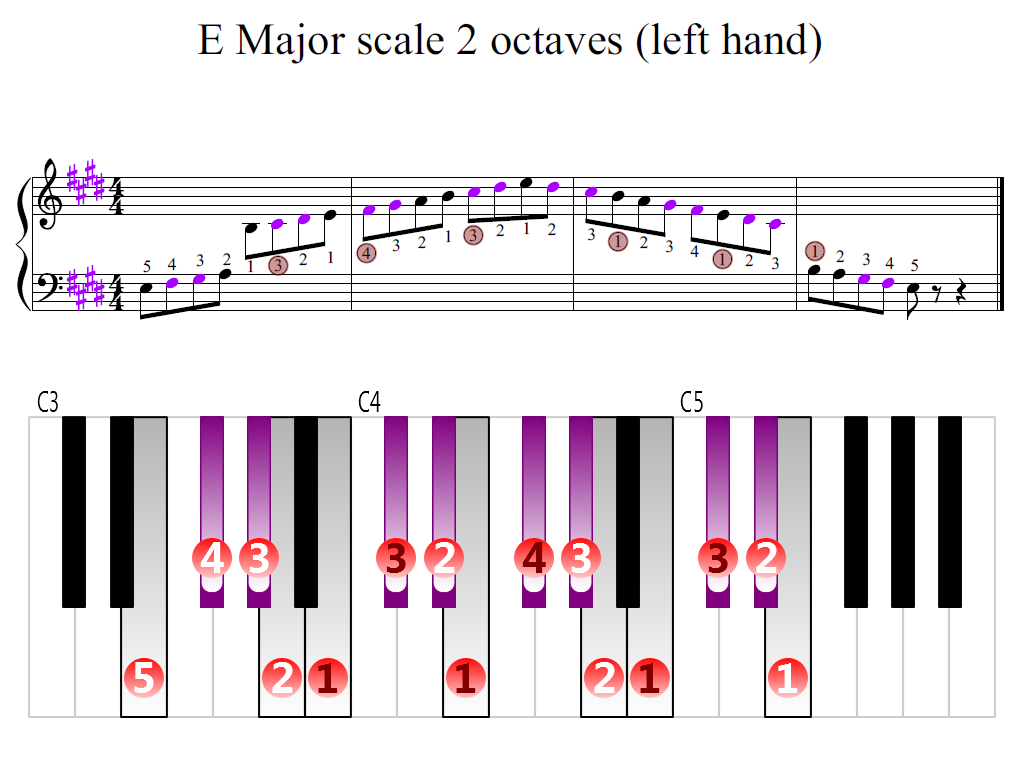


E Major Scale 2 Octaves Left Hand Piano Fingering Figures



B Flat Major Scale Piano Music Theory



Learn Names Of Major Scales Major Scale Piano Chords Lettering



E Major Scale Piano Tutorial Right Left Hand Fingering Chords On The Scale Free Chord Chart Youtube



E Major Scale All About Music Theory Com
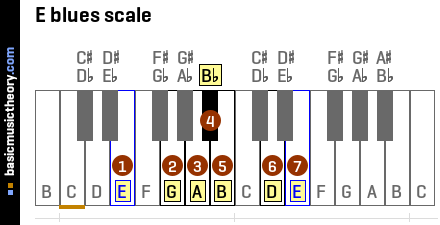


Basicmusictheory Com E Blues Scale


These Neighboring Triads Can Help You Remember The Major Scale In All 12 Keys Hear And Play Music Learning Center



Piano Scales And Chords For Beginners Youtube In 21 Piano Scales Piano Piano Beginner


Learn Major Scales Piano Treble Clef Charts Pattern Formula Chords Music Theory
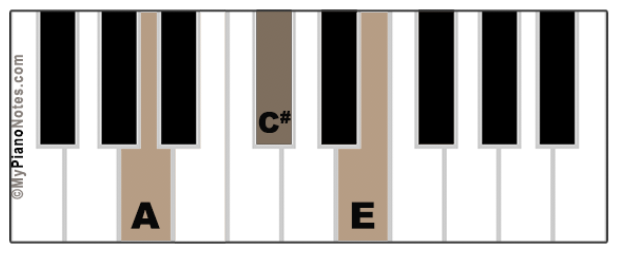


Chords In Key Of E Major All Triads Extensions Piano Examples
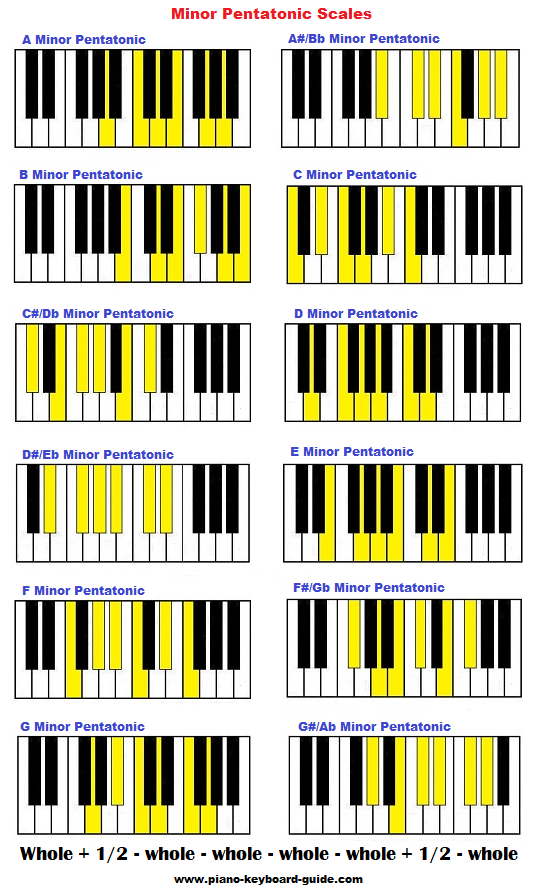


Pentatonic Scale On Piano Major And Minor
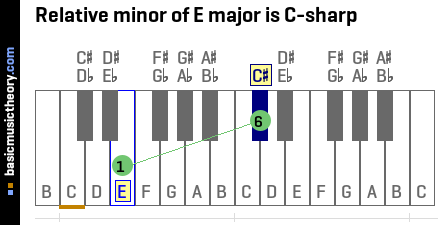


Basicmusictheory Com E Relative Minor



Major Scales How To Play E Major Scale On Piano Right And Left Hand Youtube



E Major Scale All About Music Theory Com



Piano Fingering Exercises Scales Chords And More



Key Of E Minor Scale Key Signature And Primary Chords Youtube



How To Play The E Major Chord On Piano And Keyboard Youtube



Piano Chords For Beginners School Of Rock


The 12 Major Scales
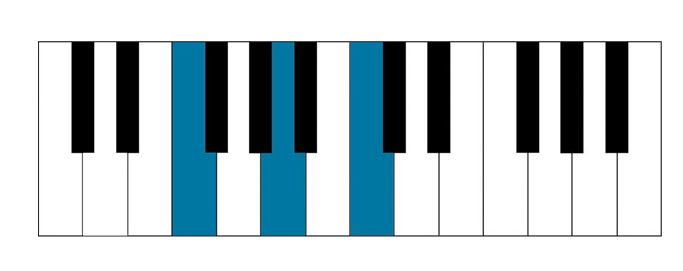


Piano Fingering Exercises Scales Chords And More



Piano Scales Complete Guide With Examples


The E Major Scale



Scalenumbers
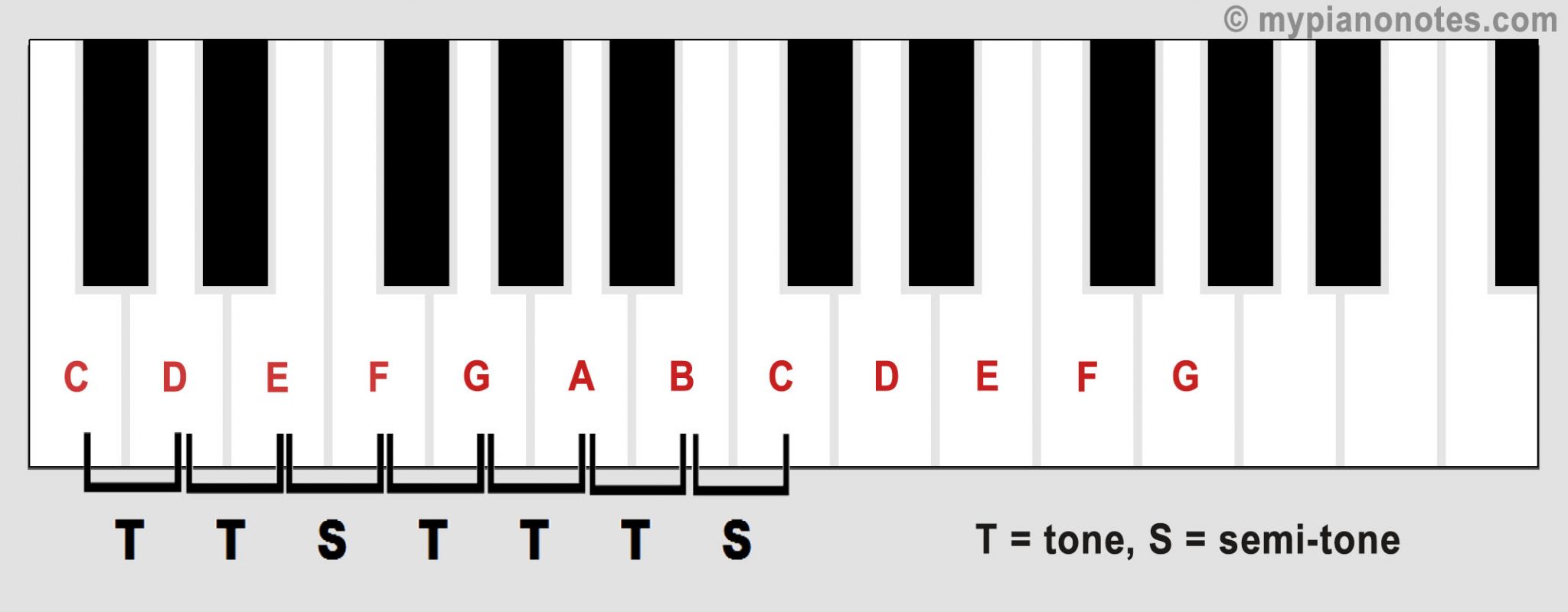


Piano Scales Complete Guide With Examples
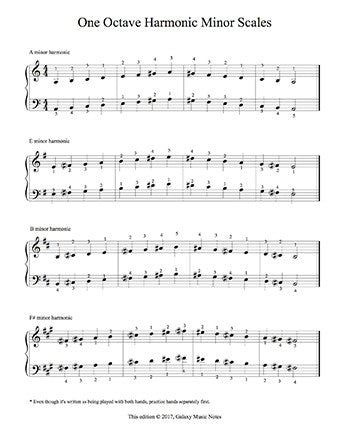


Free Piano Exercise 1 Octave Major Scales In 12 Keys


Chords In The Key Of G Minor Natural
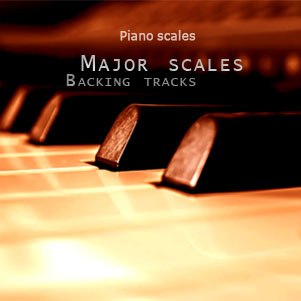


Piano Major Scales Overview With Pictures



Learn The 12 Major Scales Basic Music Theory
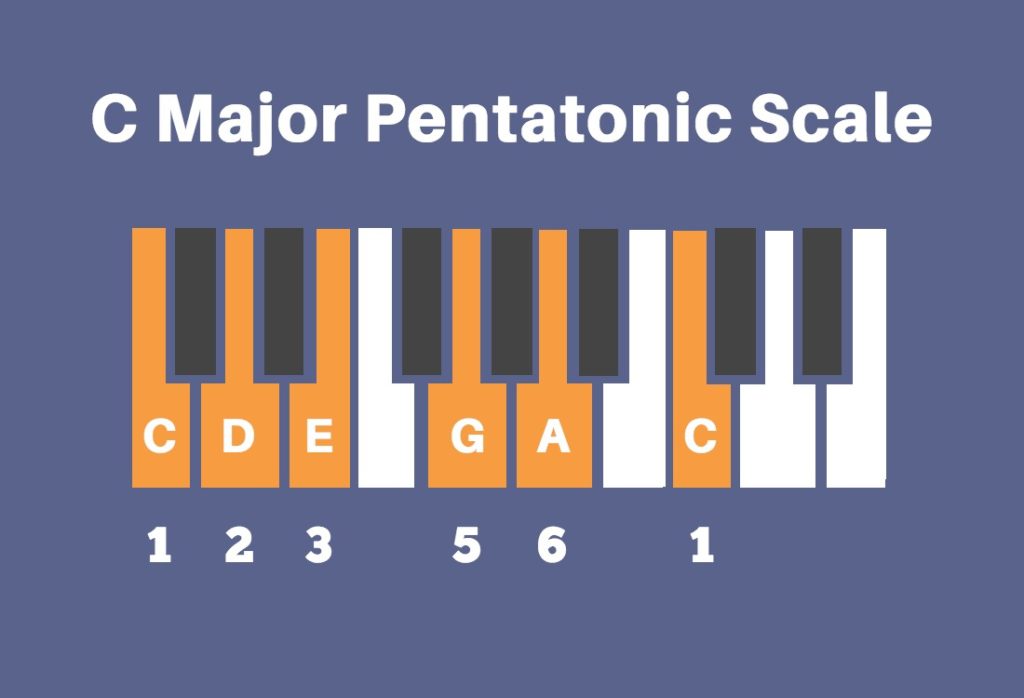


Five Notes Will Change Your Life Pentatonic Scales Musical U



Piano Chords For Beginners School Of Rock



Image Result For Blues Scale Piano Piano Chords Piano Scales Piano Chords Chart
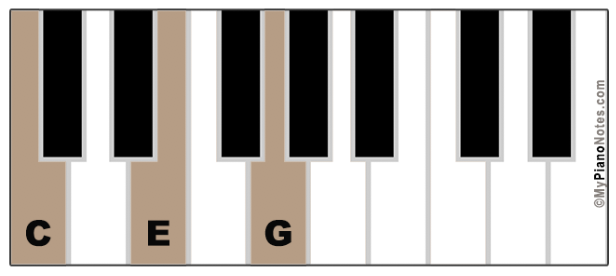


Chords In Key Of G Major All Triads Extensions Piano Examples



A Visual Way To Learn All 12 Major Keys Of Music On The Piano
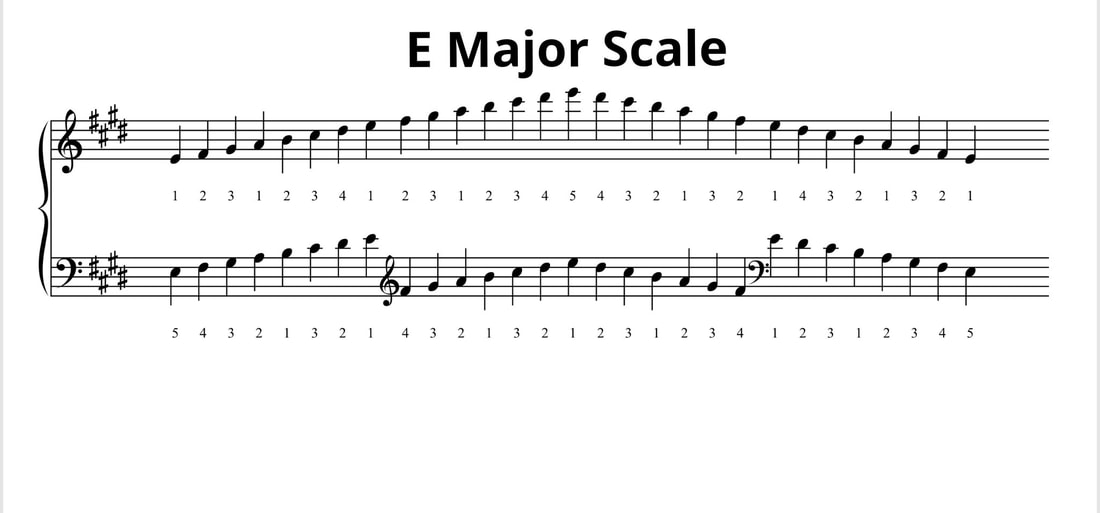


Piano Scales Tutorial Ruth Pheasant Piano Lessons



Piano Chords For Beginners School Of Rock


Take 5 And Learn About The Pentatonic Scale Piano Lesson On The Web


Q Tbn And9gcr Hx9e42xzhzsgplnkrngbmsxkhavlb1ahkpeyjwqai Cg7lm Usqp Cau



How To Play F Major



E Major Scale Activity Sheet Major Scale Music Theory Worksheets Piano Teaching
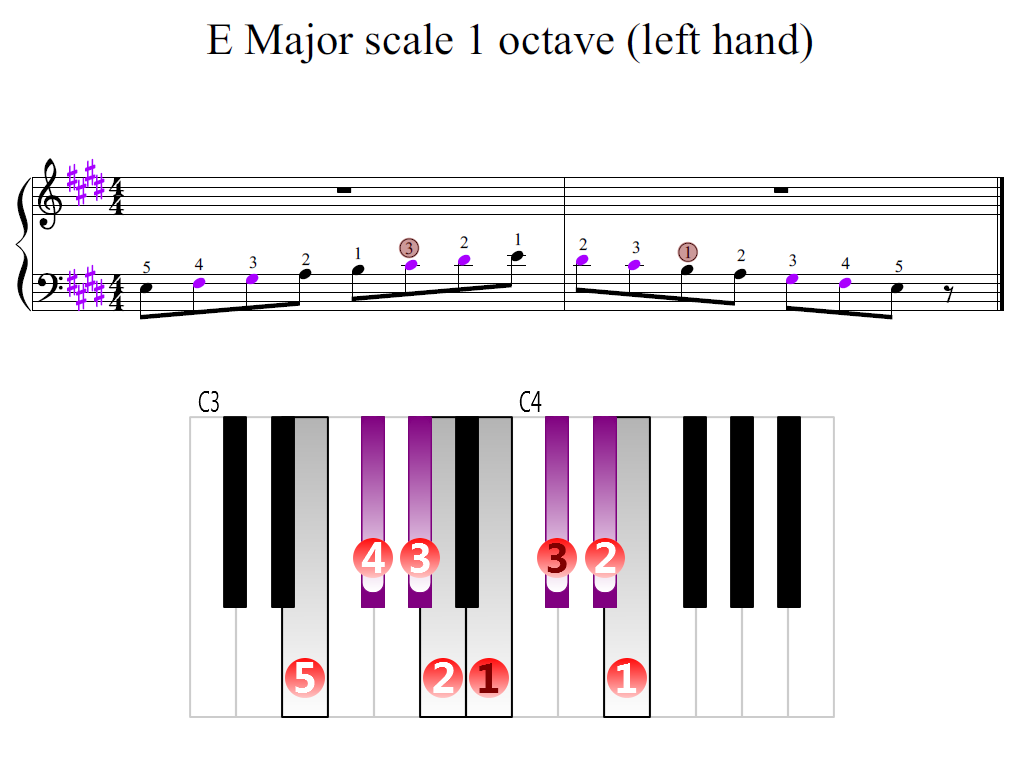


E Major Scale 1 Octave Left Hand Piano Fingering Figures
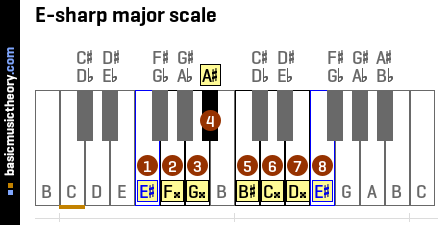


Basicmusictheory Com E Sharp Major Scale



Piano Chords And Pop Examples Wikibooks Open Books For An Open World



Major Scales In All 12 Keys With Flats And Sharps Keyboardlessons Teori Musikk Skole



Major Scale Wikipedia
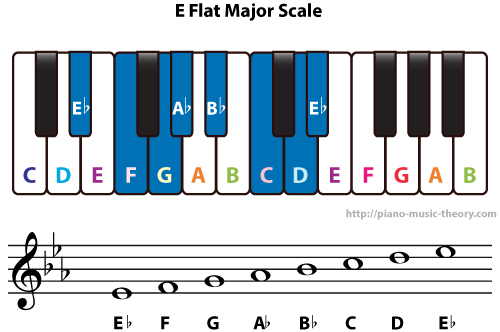


E Flat Major Scale Piano Music Theory
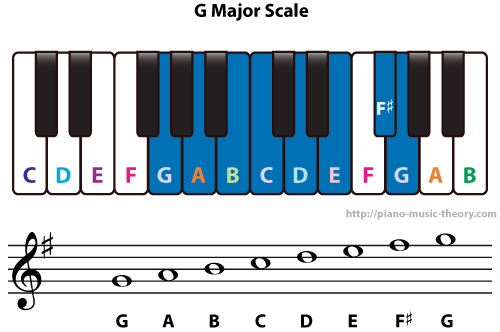


G Major Scale Piano Music Theory



E Major Scale All About Music Theory Com



12 Keys Of Music
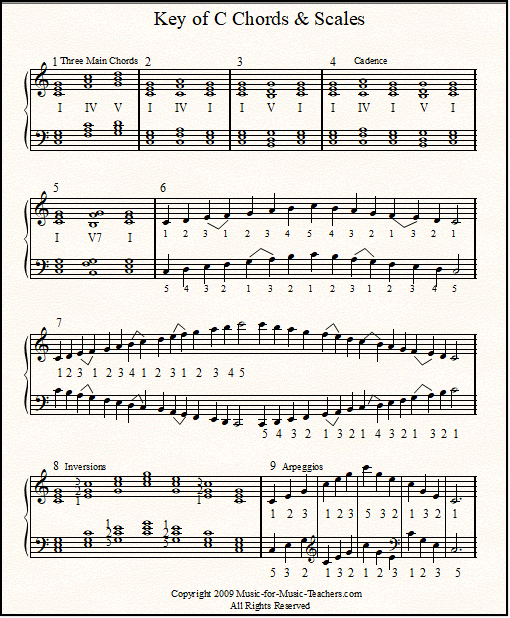


12 Major Scales Free Download For Piano Chords Arpeggios And Scales



Piano Major Scales Overview With Pictures


Q Tbn And9gcrsfcrl3anawevvryfjvmg7xrccxkuvq96t1mycirdepvetno9b Usqp Cau
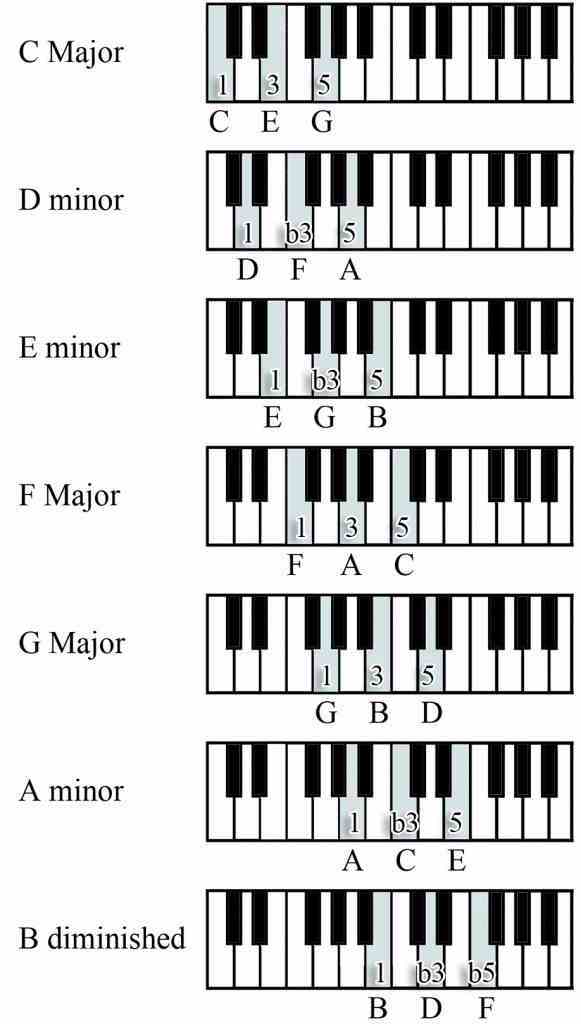


How To Play Chords



E Major Wikipedia



How To Find Primary Chords On The Piano Julie Swihart
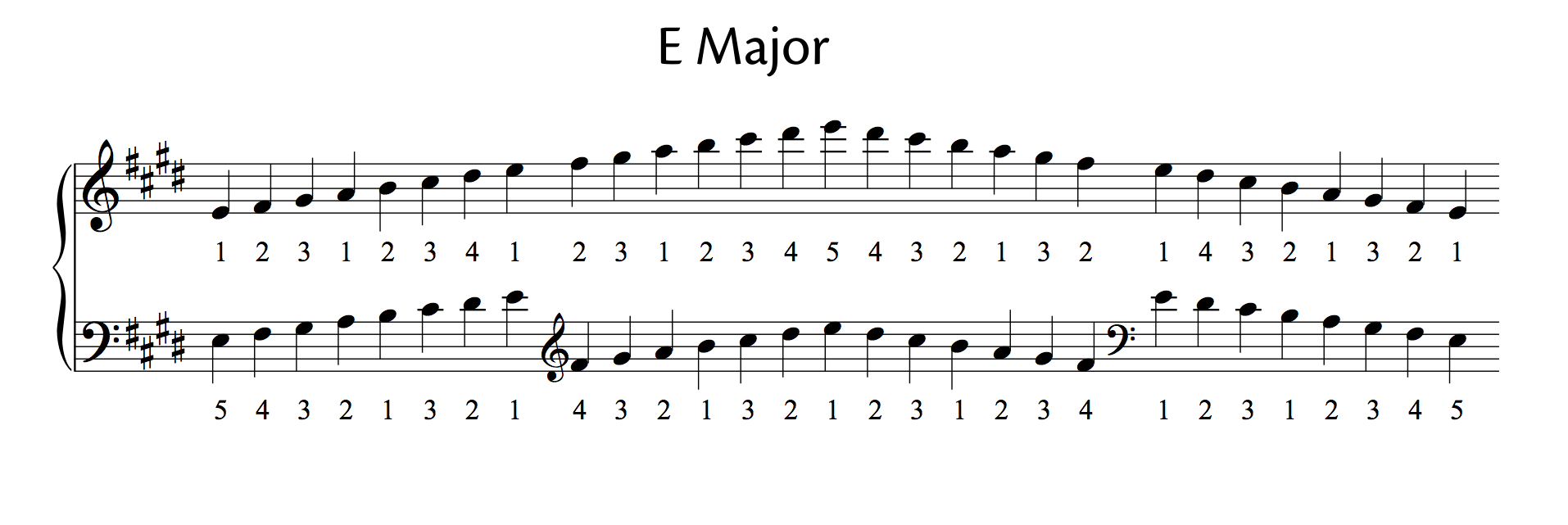


All Major And Minor Scales Including Fingering For Piano Oktav



Major Scale Wikipedia



Diatonic Chords Of A Major Scale Piano Music Theory
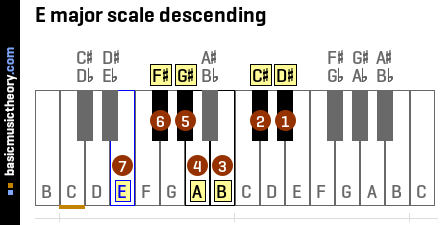


Basicmusictheory Com E Major Scale
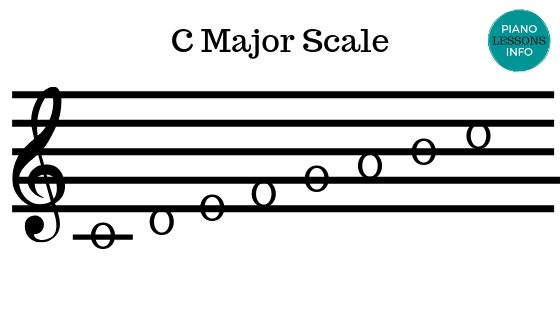


All 12 Major Scales
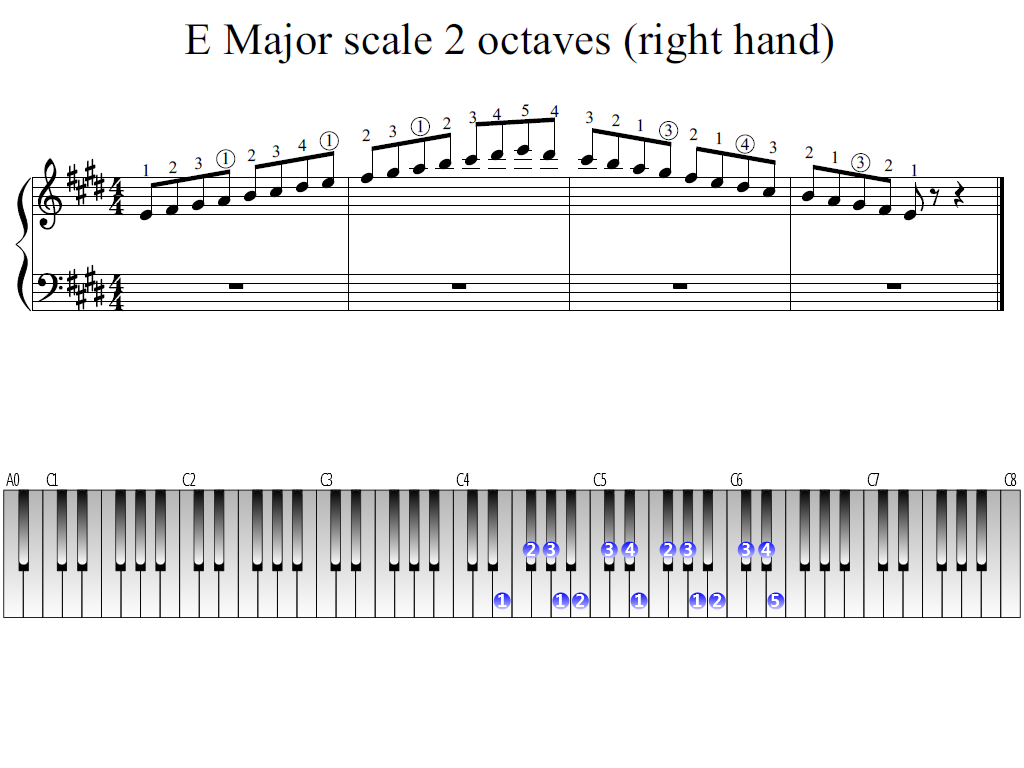


E Major Scale 2 Octaves Right Hand Piano Fingering Figures



Primary Chords In The Key Of E Major Piano Lesson Youtube



The Complete Guide To Music Key Signatures



Worksheet 0012 Notating Scales And Piano Keys Treble



Basicmusictheory Com E Major Scale



Understanding Piano Scales Major Minor And Blues Scales Updated 21


E Major Chord On Piano



E Major Scale Charts For Piano



E Major Wikipedia


コメント
コメントを投稿